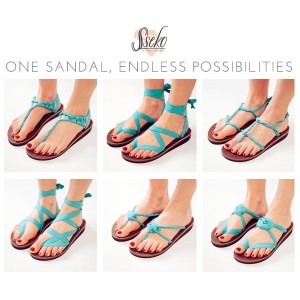Amanda Owens is a classic American entrepreneur with a 21st century idea. While still in college, Amanda founded Future Female Leaders (originally Future First Lady). She initially went to Twitter in 2012 to express her concerns and opinions about current events and the political climate of our nation as well as the whirlwind that is the life of the young, conservative woman.
In the past four years, Amanda’s social media presence has grown tremendously through her organization. Through social media she has built a an energetic community of hundreds of thousands of women ready to make a difference in their country. Once she found her niche, Amanda started designing conservative themed apparel and gifts. She then began to process and package orders for her merchandise out of her apartment.
Now, Future Female Leaders is America’s leading social movement for young, conservative women. Their website now boasts a FFL store where all of Amanda’s apparel and gifts are sold. The Future Female Leaders website also contains a blog (one of the best!) and links to some of Amanda’s favorite websites as well as books she recommends. The organization not only supports young women in their conservative beliefs, it offers them leadership positions through its cabinet and contributor programs. The key to Amanda’s success has been her and the organization’s presence on social media and the inspiration and support they offer to young, conservative women.
To visit the Future Female Leaders website, click here.



 the product, had to complete his first semester of grad school in the haze bad vision creates [see the rest of the story
the product, had to complete his first semester of grad school in the haze bad vision creates [see the rest of the story 









